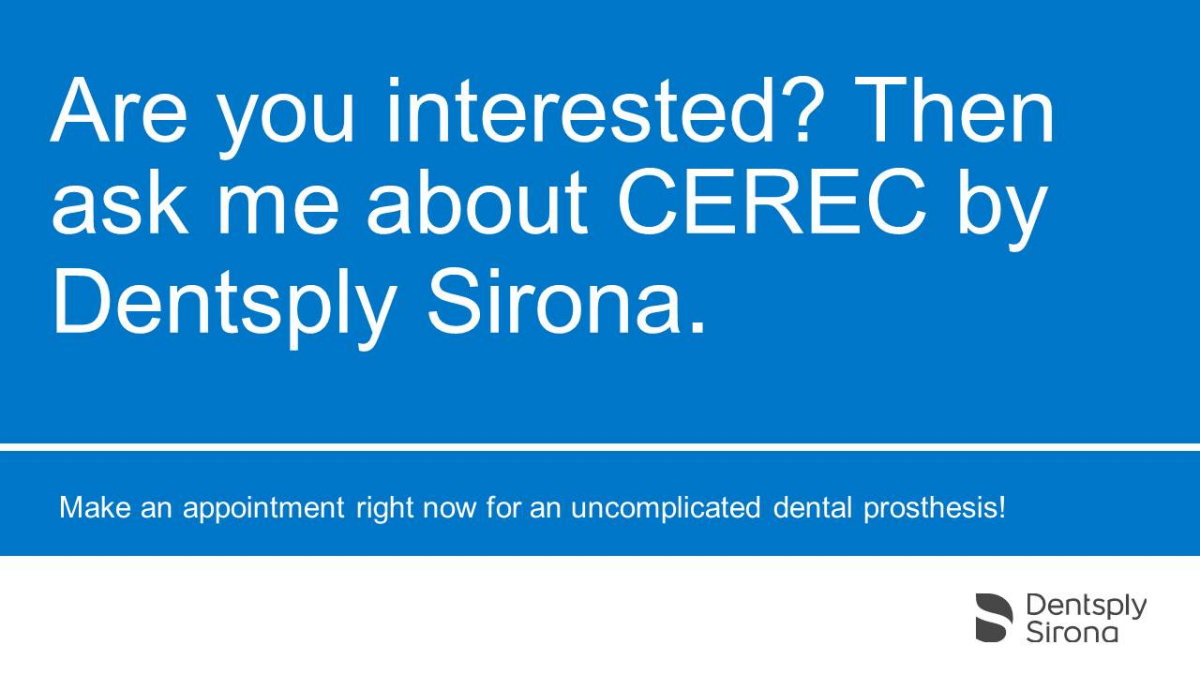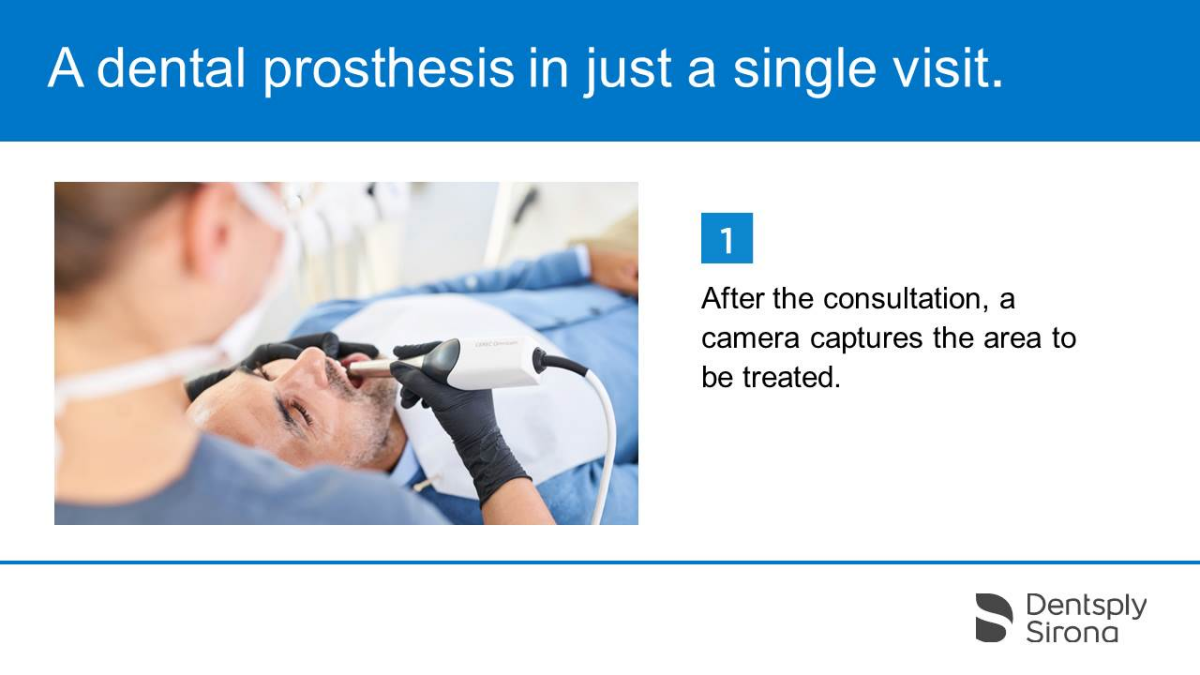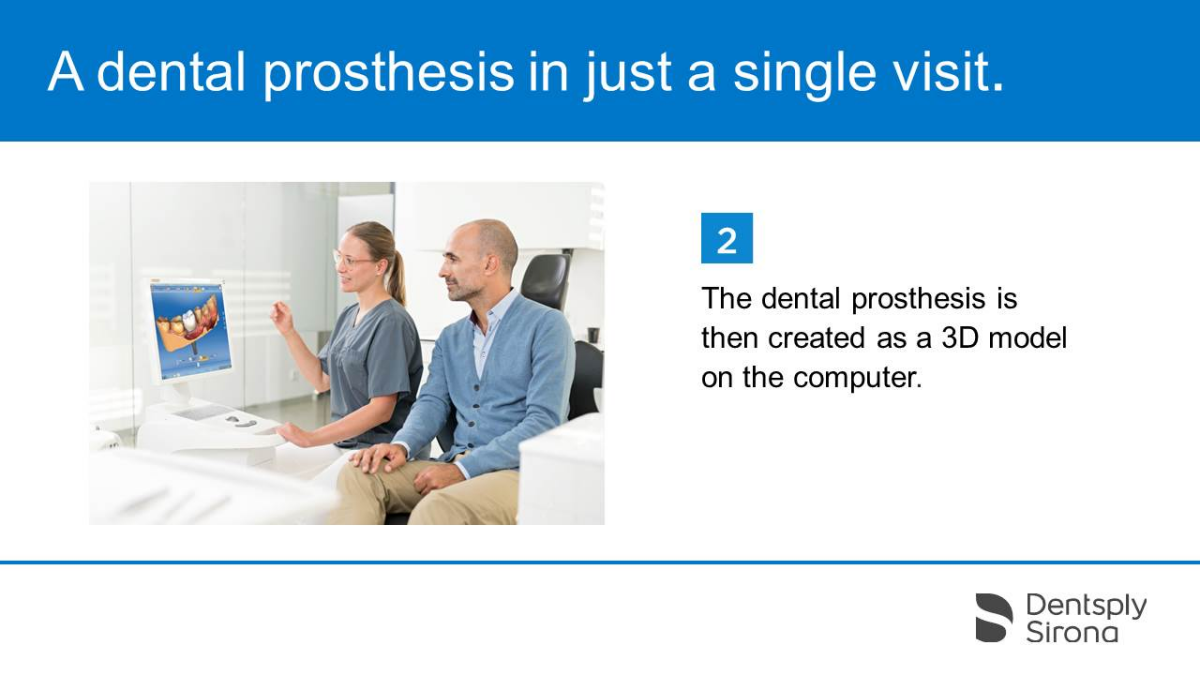Dental Crowns in Tucson, AZ
What is a Crown?
Crowns are dental restorations also known as "caps" which are coverings that fit over teeth. Crowns may be necessary because of broken down old fillings, fractured, chipped or sensitive teeth. Crowns are also used to improve the appearance of natural teeth.
Crowns are made of natural looking porcelain and are made to improve your overall smile or to blend in with your own teeth. Sometimes an underlying metal shell is used under the porcelain if additional strength is needed.
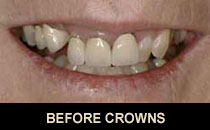
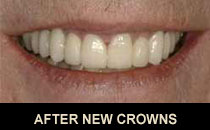
Why more patients are choosing CEREC®?
CEREC is proven by hundreds of clinical studies, performance, unrivaled success, and unqualed capabilities have it the number one dental CAD/CAM choice for dentist for over 28 years.
Because E Dental Solutions Values YOUR Time
Let's face it, very few of us have perfect teeth, free of decay and fillings. You can probably see a filling or two in your own mouth, which do just that -- "fill" a cavity, or hole, in your tooth left from the excavation of decayed tooth structure. In many cases, those fillings are made of metal material and can go bad, weaken the tooth, or get additional decay under or around it. In fact, 1.2 billion of these metal fillings will need to be replaced in the next 10 years.* CEREC® is a method used by Dr. Wissinger and thousands of dentists worldwide since 1987 not only to replace these fillings, but also to restore any tooth that is decayed, weakened, broken, etc. to its natural strength and beauty. Better yet, it's done with all-ceramic materials that are tooth colored in a single appointment! So, how does the CEREC® procedure work?
Exam and Preparation
The CEREC® System First, Dr. Wissinger examines the tooth and determines the appropriate treatment. It could be a simple filling, or a full crown, depending on how much healthy tooth structure is remaining and the Doctors clinical judgement. Next, they administers an anesthetic and prepares your tooth for the restoration, removing decayed and weakened tooth tissue. This preparation is just like she would do for many other restorative techniques.
Optical Impression
Then, Dr. Wissinger takes an Optical Impression of the prepared tooth. Instead of filling a tray with impression "goop" that you must bite into and hold in your mouth until it hardens, she coats the tooth with a non-toxic, tasteless powder. A camera is then used to take a digital picture of your tooth. This whole Optical Impression process only takes a minute or two.
No Temporaries
Next, the CEREC® machine helps the Doctors create the restoration for your tooth. The CEREC® 3D software takes the digital picture and converts it into a 3-dimensional virtual model on the computer screen. They then uses her dental expertise to design the Inserting block into milling chamber restoration using the CEREC® 3D computer program. Within a few minutes, Dr. Wissinger clicks a button, and the restoration design data is sent to a separate milling machine in the office. A zirconia block that matches your tooth shade is placed in the milling machine. About 10 - 20 minutes later, your all-ceramic, tooth-colored restoration is finished and ready to bond in place. Finally, they try the restoration in your mouth to ensure proper fit and bite. The restoration is then polished and bonded to the prepared tooth. Your tooth is restored with no "temporary" or return trip necessary. All of this is done in a single appointment! Ask your E Dental Solutions about CEREC® today.
*Harvard Health Letter, March 2000; NIDR of NIH, Dental Amalgam Study, 1993.
